Figures & data
Table 1. Overview of survey years, panels, N, and missing data.
Figure 1. Change in attitude to immigration from 2016 to 2022 by gender.
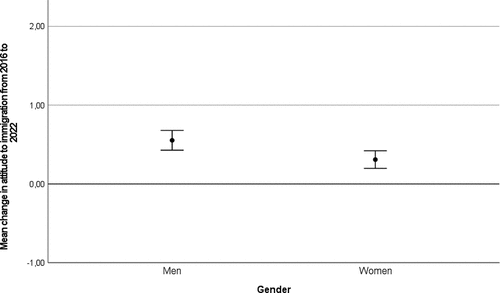
Figure 2. Change in attitude to immigration from 2016 to 2022 by age group.
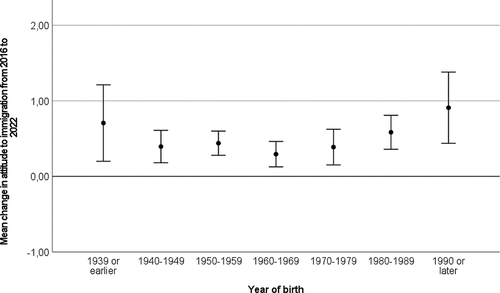
Figure 3. Change in attitude to immigration from 2016 to 2022 by preferred political party.
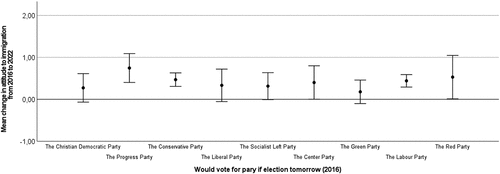
Figure 4. Behaviors directed at asylum seekers in 2016 and 2022. Percentage of respondents indicating a behavior.
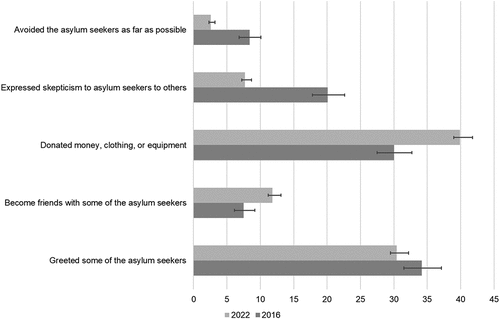
Table 2. Behaviors directed at asylum seekers in 2016 and 2022. Percentage of respondents indicating a behavior.
Figure 5. Behaviors directed at asylum seekers in 2016 and 2022 among respondents who participated in both waves. Percentage of respondents indicating a behavior.
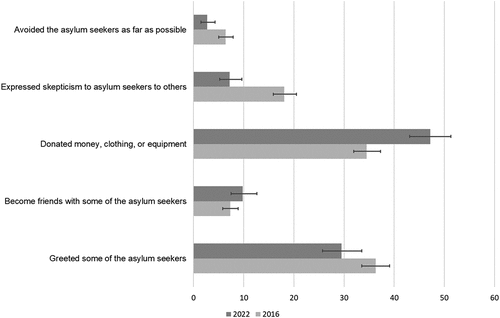
Table 3. Behaviors directed at asylum seekers in 2016 and 2022 among respondents who participated in both waves. Percentage of respondents indicating a behavior.
Data availability statement
The data used in this study is available in online repositories, however, they are openly shared in single waves. In this paper, data across three waves (6, 7, and 24) were combined using respondent identification codes. These data will be made available for research and replication purposes, however, to protect participants’ anonymity, they are only available via a restricted access secure server. Please contact [email protected] for questions regarding data access.

